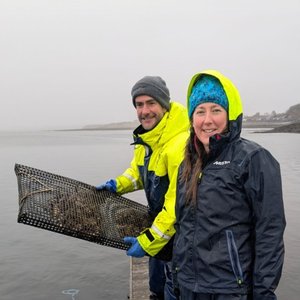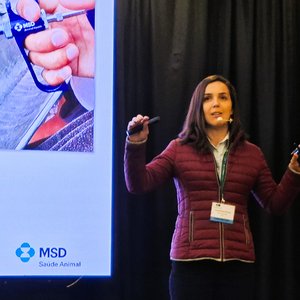ABSTRACT
There are four species of mud crab, Scylla serrata, S. tranquebarica, S. paramamosain and S. olivacea that are the focus of both commercial fisheries and aquaculture production throughout their distribution. They are among the most valuable crab species in the world, with the bulk of their commercial production sent live to market. This is the first FAO aquaculture manual on this genus, covering everything from its basic biology and aquaculture production, through to stock packaging and being ready to go to market.
Information on mud crab biology, hatchery and nursery technology, grow-out systems, disease control, processing and packaging has been collated in this manual to provide a holistic approach to mud crab aquaculture production. Compared with other types of aquaculture, mud crab culture still has a large number of variants, including: the use of seedstock collected from the wild, as well as produced from a hatchery; farming systems that range from very extensive to intensive, monoculture to polyculture; and farm sites that vary from mangrove forests to well-constructed aquaculture ponds or fattening cages. As such, there is no one way to farm mud crabs, but techniques, technologies and principles have been developed that can be adapted to meet the specific needs of farmers and governments wishing to develop mud crab aquaculture businesses.
Each of the four species of Scylla has subtly different biology, which equates to variations in optimal aquaculture production techniques. Where known and documented, variants have been identified, where not, farmers, researchers and extension officers alike may have to adapt results from other species to their mud crab species of choice and local climatic variables. Compared with many other species that are the subject of industrial scale aquaculture, mud crabs can still be considered to be at an early stage of development, as the use of formulated feeds for them is still in its infancy and little work has yet been undertaken to improve stock performance through breeding programmes.
AUTHORS:
Colin Shelley, FAO Consultant, Australia and Alessandro Lovatelli, Aquaculture Officer, Aquaculture Service, FAO Fisheries and Aquaculture Department, Rome, Italy
FAO Fisheries and Aquaculture Technical Paper. No. 567. Rome, FAO. 2011. 78p.
Download the manual (PDF) from the link below.







